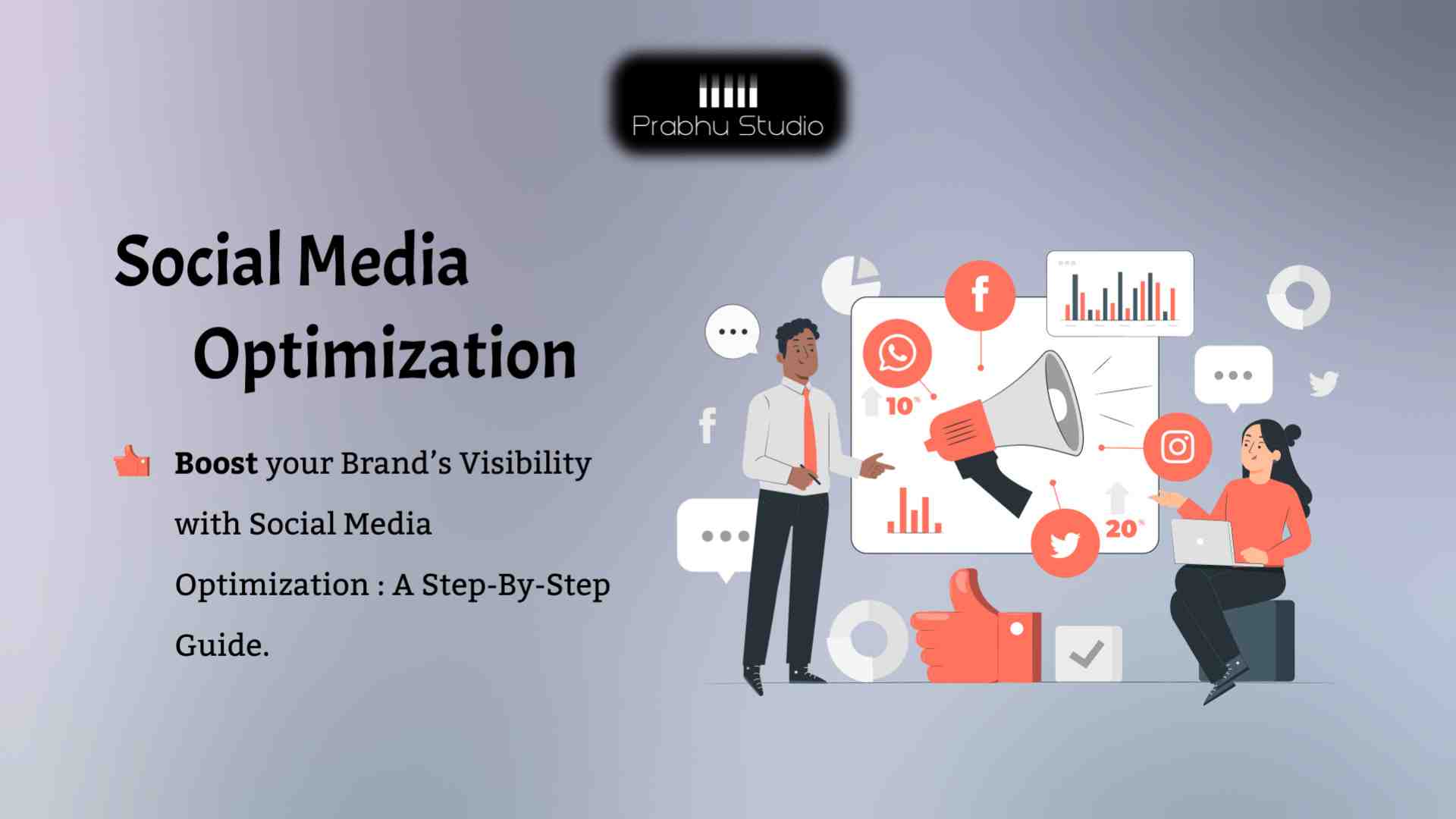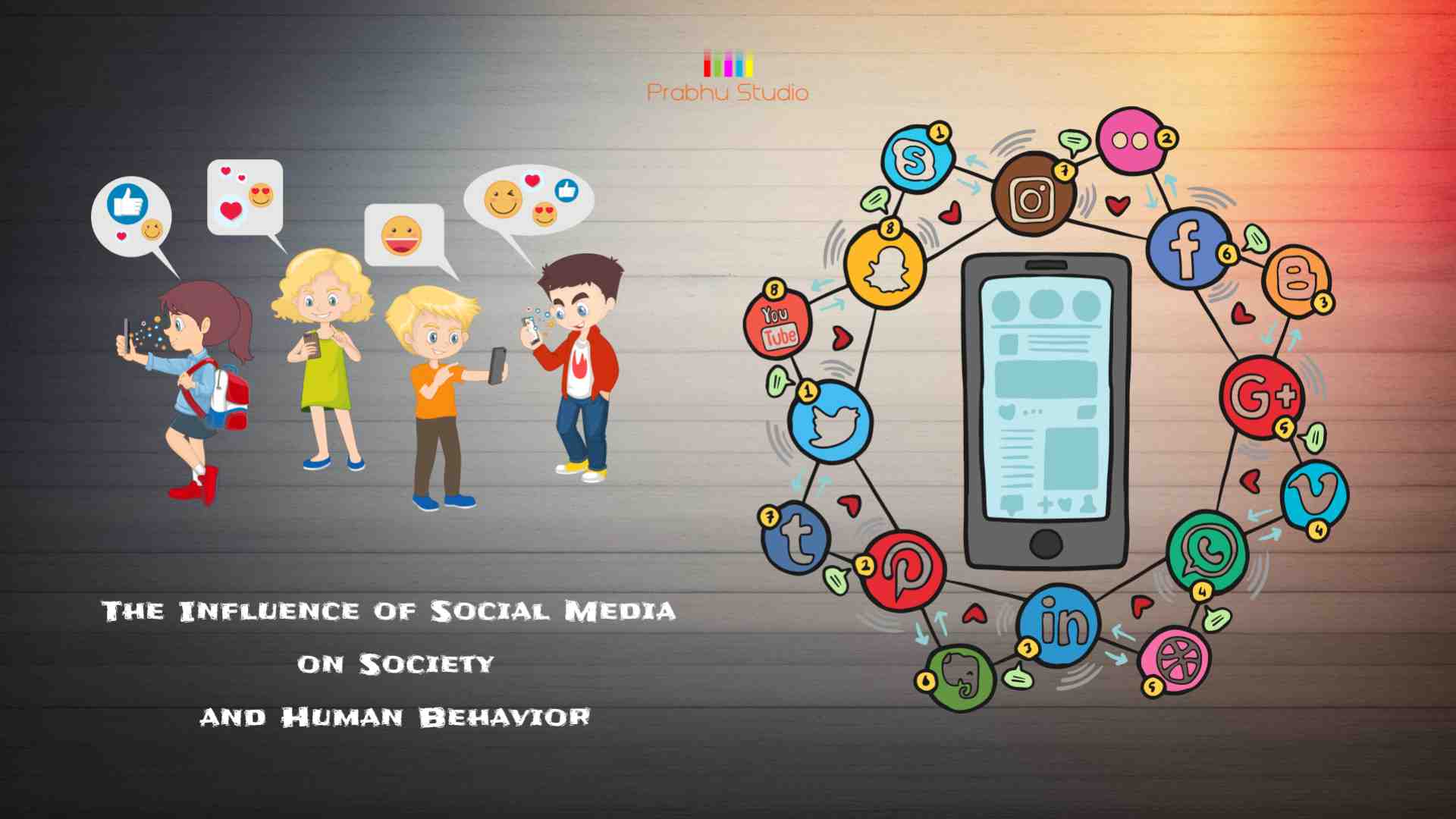
In the digital age, where social media has become an integral part of our lives, it's crucial for businesses to leverage these platforms to boost their brand visibility and engagement. Social Media Optimization (SMO) is a set of practices aimed at enhancing your brand's presence on social media, driving organic growth, and fostering meaningful connections with your audience. In this blog, we'll delve into the best practices for SMO to help you effectively boost your brand.
Understanding Social Media Optimization (SMO)
Before diving into the best practices, let's clarify what SMO entails. Social Media Optimization is the process of optimizing your social media profiles and content to maximize your brand's online visibility and engagement. It involves various strategies and techniques that focus on creating shareable content, increasing your followers, and encouraging active participation.
Now, let's explore the best practices to enhance your SMO efforts:
1. Define Your SMO Goals
Like any marketing strategy, your SMO efforts should start with clear and measurable goals. What do you want to achieve with your social media presence? It could be to increase brand awareness, drive website traffic, boost sales, or foster customer loyalty. Defining your objectives will guide your SMO strategy and help you track your progress effectively.
2. Choose the Right Platforms
Not all social media platforms are created equal. To boost your brand effectively, identify the platforms that align with your target audience and industry. For instance, if you're a B2B company, LinkedIn and Twitter might be more suitable, while visual platforms like Instagram and Pinterest may work well for lifestyle brands.
3. Optimize Your Profiles
Your social media profiles are often the first interaction users have with your brand. Ensure that your profiles are complete, consistent, and reflective of your brand's personality. Use high-quality profile pictures, cover photos, and a compelling bio that clearly communicates your brand's mission and values.
4. Create High-Quality Content
Content is king on social media. To captivate your audience, consistently produce high-quality content that is informative, entertaining, and visually appealing. Mix up your content formats, including text, images, videos, infographics, and live streams, to keep your audience engaged.
5. Utilize Keywords and Hashtags
Just like SEO for websites, SMO involves optimizing your content for search on social media platforms. Research relevant keywords and hashtags in your niche and incorporate them naturally into your posts. This can significantly improve the discoverability of your content.
6. Engage and Interact
Social media is a two-way street. Don't just post content and disappear. Actively engage with your audience by responding to comments, messages, and mentions. Encourage discussions, ask questions, and show appreciation for user-generated content related to your brand.
7. Consistency is Key
Consistency plays a crucial role in SMO. Create a content calendar to schedule your posts at optimal times when your target audience is most active. Regular posting not only keeps your audience engaged but also signals to social media algorithms that your content is relevant.
8. Leverage Visual Content
Visual content tends to perform exceptionally well on social media. Use high-quality images and videos to tell your brand's story effectively. Consider using storytelling techniques to connect with your audience on a deeper level.
9. Encourage User-Generated Content (UGC)
User-generated content is a powerful SMO tool. Encourage your followers to create and share content related to your brand. Reposting UGC not only strengthens your brand community but also provides authentic endorsements of your products or services.
10. Analyze and Adapt
Regularly analyze your social media metrics to evaluate the effectiveness of your SMO efforts. Key performance indicators (KPIs) to monitor include engagement rates, follower growth, website traffic, and conversion rates. Use these insights to refine your strategy and adapt to changing trends.
11. Paid Advertising
While organic growth is essential, don't shy away from paid advertising options on social media. Platforms like Facebook, Instagram, and LinkedIn offer targeted advertising features that can help you reach a broader and more relevant audience.
12. Collaborate with Influencers
Influencer marketing is a burgeoning field in SMO. Partnering with influencers who align with your brand values can expose your products or services to their dedicated following. Influencers can help you reach a highly engaged and targeted audience.
13. Monitor Your Online Reputation
Your brand's reputation on social media can make or break your success. Regularly monitor mentions and reviews to address customer concerns and maintain a positive image. Handling negative feedback with professionalism can demonstrate your commitment to customer satisfaction.
14. A/B Testing
Experimentation is vital in SMO. A/B testing allows you to compare different strategies, content types, and posting times to identify what resonates best with your audience. Use these findings to refine your approach continually.
15. Mobile Optimization
With the majority of social media users accessing platforms via mobile devices, ensure that your content is mobile-friendly. This includes responsive design, concise text, and visually appealing graphics that load quickly on mobile screens.
16. Stay Informed About Trends
Social media is continually evolving. Stay up-to-date with the latest trends, algorithm changes, and platform updates. Being ahead of the curve can give you a competitive edge and help you adapt your SMO strategy accordingly.
17. Encourage Sharing and Virality
One of the ultimate goals of SMO is to make your content go viral. Encourage sharing by creating shareable content, running contests, and leveraging trending topics. The more your content is shared, the wider your brand's reach becomes.
18. Data Privacy and Compliance
Ensure that your SMO practices comply with data privacy regulations, such as GDPR and CCPA. Be transparent with your audience about data usage and always obtain consent for data collection.
19. Test Different Content Formats
Experiment with different content formats like stories, carousels, and slideshows to diversify your content and keep your audience engaged. Different formats may resonate better with various segments of your audience.
20. Educate and Inform
Position your brand as an industry authority by sharing informative and educational content. This not only builds trust with your audience but also encourages them to turn to you for reliable information.
Conclusion
Social Media Optimization is a dynamic and ever-evolving field that requires a strategic approach. By implementing these best practices, you can boost your brand's presence on social media, engage with your target audience effectively, and achieve your SMO goals. Remember that success in SMO takes time and continuous effort, so stay committed to refining your strategy and adapting to changing trends in the social media landscape. With dedication and the right approach, your brand can thrive in the digital world. Read more
In the past few decades, social media has revolutionized the way people communicate, interact, and consume information. Platforms like Facebook, Twitter, Instagram, and TikTok have become integral parts of modern life, shaping the way we connect with others and perceive the world around us. However, the profound impact of social media on society and human behavior has raised both excitement and concern. In this blog, we will explore the various aspects of how social media influences our lives, from social interactions to mental health and beyond.
1. Social Connectivity in the Digital Age
Social media platforms have bridged geographical gaps and brought people from different corners of the world closer together. The ease of connecting with friends, family, and acquaintances has strengthened relationships and enabled communication across cultures and time zones. However, the virtual nature of these interactions raises questions about the depth and authenticity of our online connections.
2. The Rise of Social Media Influencers
With the advent of social media, a new breed of celebrities emerged - social media influencers. These individuals command massive followings and wield significant influence over their audiences. Brands collaborate with influencers for marketing purposes, leading to the rise of influencer culture. We will examine how influencers impact consumer behavior and shape trends.
3. Social Media and Self-Perception
The constant exposure to carefully curated lives on social media can lead to a phenomenon known as "social media envy." Comparing our own lives to the seemingly perfect lives of others can negatively impact self-esteem and lead to feelings of inadequacy. We will delve into the psychological aspects of self-perception and discuss strategies for maintaining a healthy relationship with social media.
4. Impact on Mental Health
Studies have linked excessive social media use to mental health issues such as anxiety, depression, and loneliness. The dopamine-driven reward system of social media platforms can lead to addiction-like behaviors, impacting our overall well-being. We will explore the potential negative effects of social media on mental health and explore ways to establish a balance between online and offline life.
5. Social Media and Communication
The way we communicate has evolved significantly with the rise of social media. Text-based interactions, emojis, and gifs have become primary means of expression, altering our communication patterns. We will examine how social media has affected language usage and interpersonal communication skills.
6. The Role of Social Media in Social Movements
Social media has played a pivotal role in facilitating social and political movements worldwide. From the Arab Spring to the Black Lives Matter movement, we will analyze how social media platforms serve as powerful tools for organizing, raising awareness, and mobilizing the masses.
7. Privacy and Security Concerns
The massive amounts of personal data shared on social media raise significant privacy and security concerns. We will discuss the potential risks associated with data breaches, identity theft, and how to safeguard our privacy in the digital era.
8. Social Media's Influence on News and Information
The rise of social media as a news source has transformed the media landscape. The spread of misinformation and the creation of echo chambers are major challenges that society faces today. We will explore the impact of social media on information consumption and its implications for a well-informed society.
Conclusion
Social media's influence on society and human behavior is undeniable. It has brought people together, empowered individuals, and facilitated social change. However, it also presents challenges that we must address collectively. By understanding the complexities of social media's influence, we can harness its positive aspects while mitigating its potential harms. As we move forward in this digital age, it is essential to strike a balance between the benefits and the pitfalls of social media to create a healthier and more connected society.
Read more

